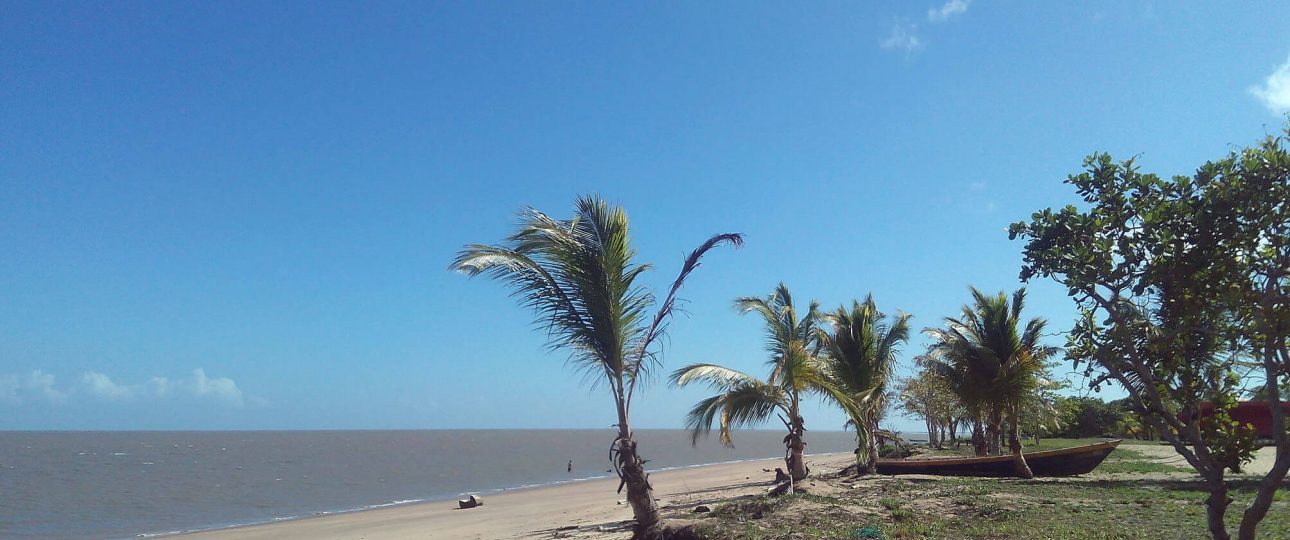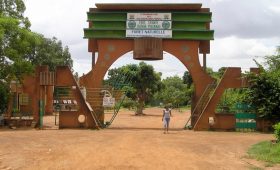Exploring Awala-Yalimapo: A Unique Destination in French Guiana
Awala-Yalimapo is a commune on the north coast of French Guiana, near the border with Suriname. This area is known for its rich indigenous heritage and stunning natural landscapes. The commune includes settlements such as Awala, Yalimapo, Ayawande, and Piliwa, with the majority of its inhabitants being the Kaliña Amerindian people.
Getting There
To reach Awala-Yalimapo, fly into Félix Eboué International Airport in Cayenne, the capital of French Guiana. From there, it’s about a three-hour drive along the coast. Alternatively, consider a boat ride along the Maroni River for a scenic approach. Both options offer a glimpse into the region’s diverse ecosystems.
When to Visit
The best time to visit is from July to November when the weather is relatively drier. The region has a tropical rainforest climate, so expect high temperatures and humidity year-round. Planning your visit during these months will make outdoor exploration more comfortable.
Local Culture and Heritage
The Kaliña people have lived along the Maroni River since before European colonization. Their culture is vibrant and deeply rooted in the area. Visit local craft markets to find woven baskets, traditional pottery, and intricately carved wooden sculptures. Engaging with artisans provides insight into their techniques and cultural stories.
For a deeper cultural experience, participate in a traditional dance workshop. The rhythmic beats and graceful movements offer a unique opportunity to learn about the significance of dance in Kaliña culture.
Natural Attractions
Awala-Yalimapo is home to Plage des Hattes, the world’s largest leatherback turtle nesting site. The Amana Nature Reserve, established in 1998, protects these turtles and covers 14,800 hectares. A visit here offers a chance to witness these majestic creatures in their natural habitat.
For nature enthusiasts, the reserve also hosts a variety of flora and fauna, including rare bird species, monkeys, and jaguars. A guided hike through the rainforest reveals towering trees and the vibrant life of the jungle.
Exploring the Maroni River
Consider a boat tour along the Maroni River, which forms the natural border between French Guiana and Suriname. The river is rich with wildlife, including colorful birds and playful river dolphins. You’ll also have the chance to visit remote indigenous villages along the riverbanks, offering a glimpse into local life.
Practical Tips
- Rent a car or hire a local guide to explore beyond the town. This gives you the freedom to discover less-visited areas.
- Be prepared for high humidity and pack accordingly. Lightweight, breathable clothing is recommended.
- Respect local customs and traditions, especially when visiting indigenous communities.




